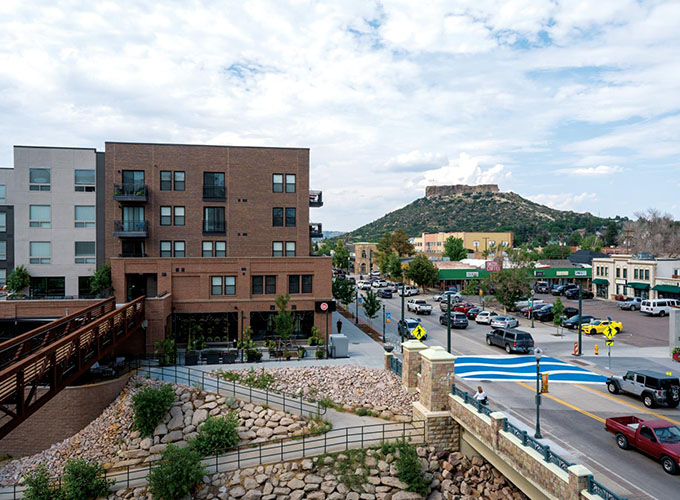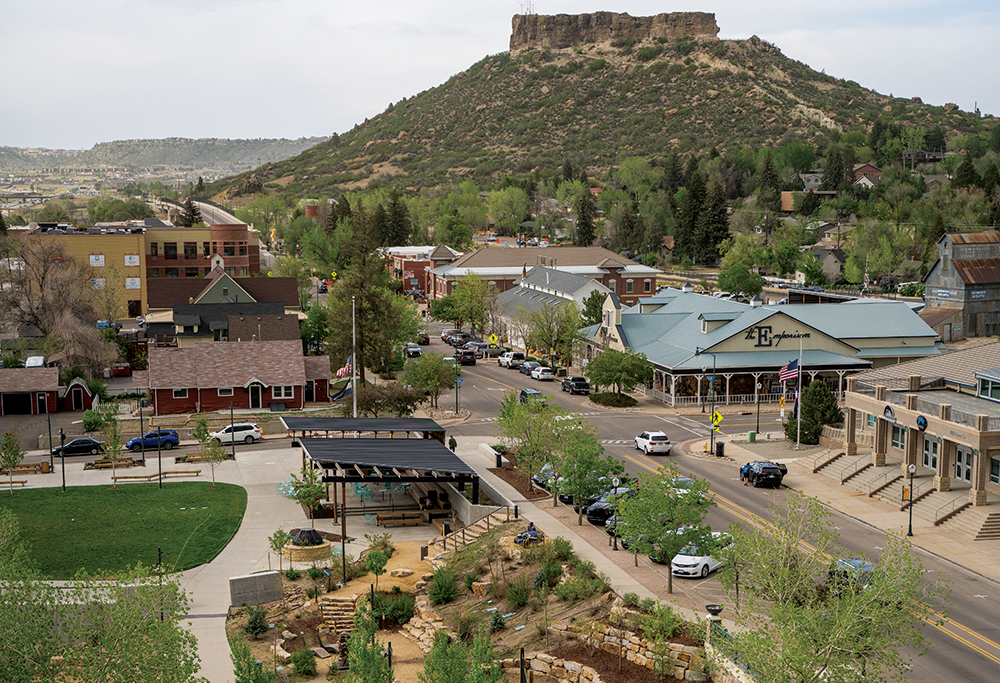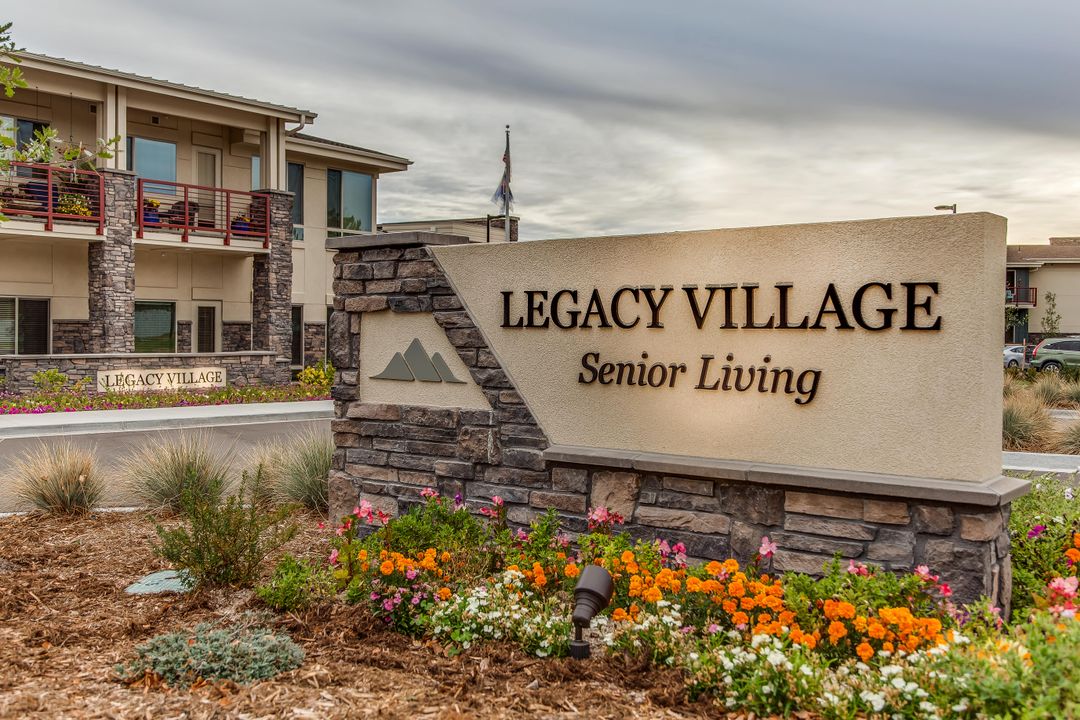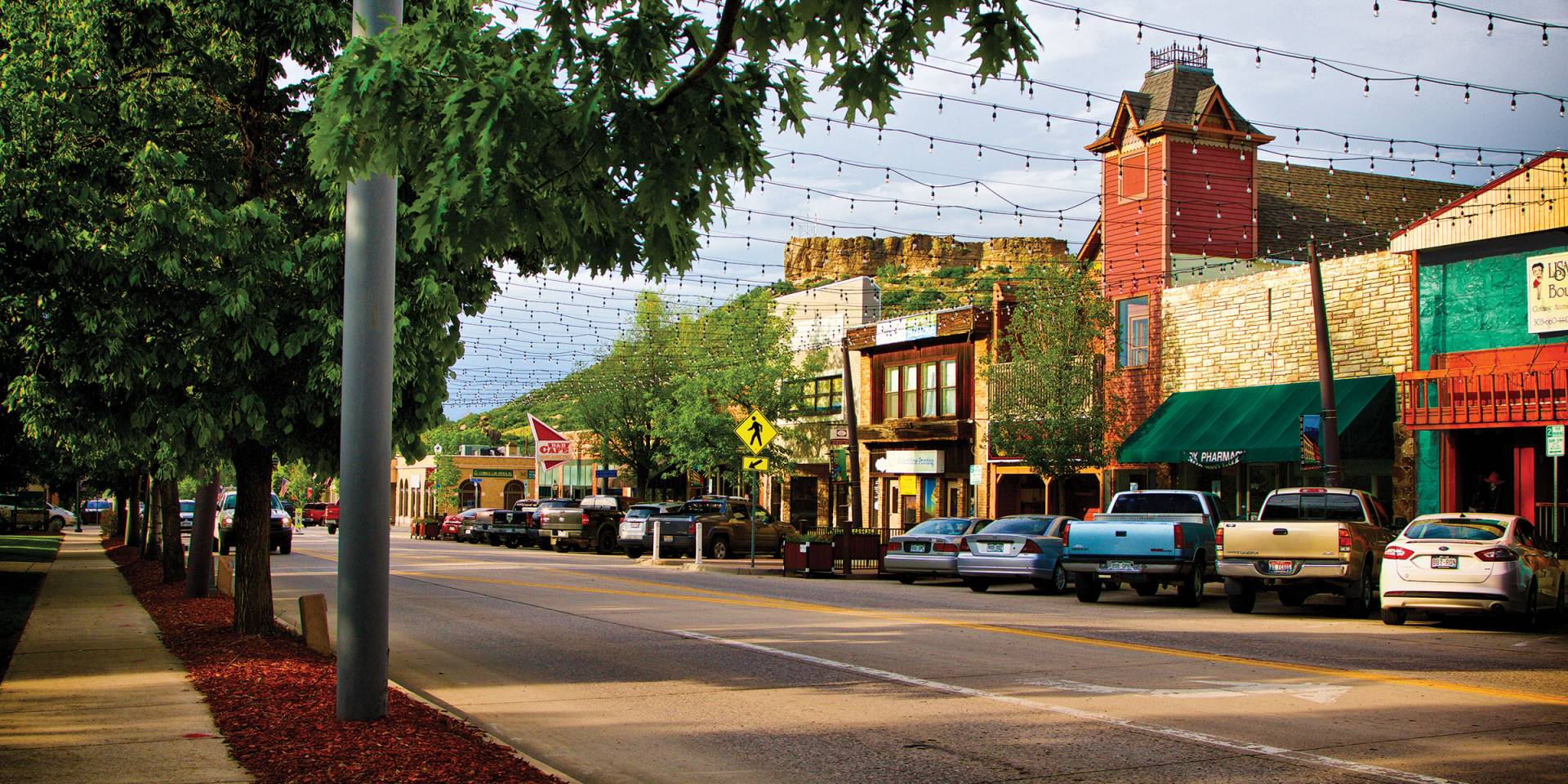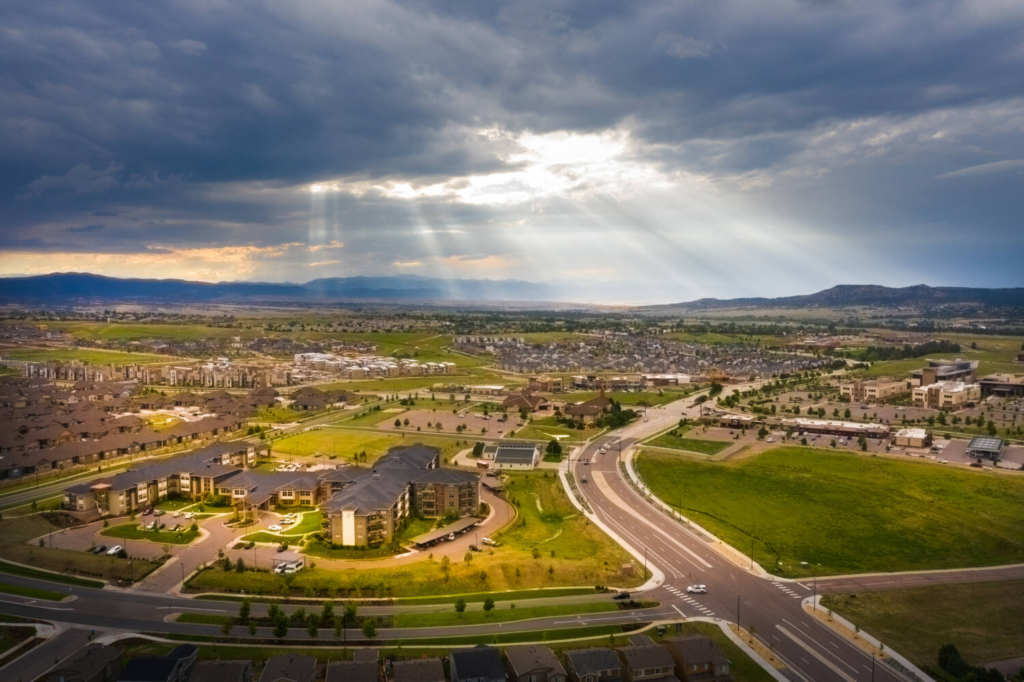Cost Of Living Castle Rock Co

The allure of Castle Rock, Colorado, with its stunning views, family-friendly atmosphere, and proximity to both Denver and the great outdoors, continues to draw new residents. However, this idyllic setting comes with a price tag that is increasingly straining the budgets of long-time residents and newcomers alike. The rising cost of living in Castle Rock is no longer a whisper; it's a roar echoing through community meetings and kitchen table conversations.
The cost of living in Castle Rock, Colorado, is escalating due to several interconnected factors: a booming real estate market fueled by high demand and limited inventory; rising property taxes and insurance rates; increasing costs for everyday essentials like groceries and transportation; and stagnant wages for many workers struggling to keep pace. This article examines the specific drivers behind this trend, explores the impact on different segments of the population, and investigates potential solutions and future prospects for the community.
Housing: The Dominant Driver
The housing market is undeniably the primary factor driving up the cost of living in Castle Rock. According to data from the Douglas County Assessor's Office, property values have surged dramatically in recent years. This surge is attributed to a combination of factors, including a growing population, limited housing supply, and the desirability of the area.
The median home price in Castle Rock now hovers significantly above the national average, making homeownership increasingly unattainable for many. Renters are also feeling the pinch, with rental rates climbing steadily due to high demand and low vacancy rates.
"We're seeing families who have lived here for generations being priced out of the market," says Sarah Miller, a local real estate agent with Century 21, adding, "It's heartbreaking to witness, and we need to find solutions to create more affordable housing options."
The limited inventory of available homes further exacerbates the issue. New construction struggles to keep pace with population growth, leading to fierce competition for existing properties. Zoning regulations and land availability also contribute to the constrained supply.
Property Taxes and Insurance: Adding to the Burden
Rising property values translate directly into higher property taxes, placing an additional burden on homeowners. While property taxes fund essential local services like schools and infrastructure, the significant increases are difficult for many families to absorb. Home insurance rates have also climbed, driven by factors such as increasing construction costs and the growing risk of wildfires in the region.
Everyday Expenses: Feeling the Squeeze
Beyond housing costs, the price of everyday essentials is also on the rise in Castle Rock. Grocery prices have been impacted by inflation and supply chain disruptions, making it more expensive to put food on the table.
Transportation costs, including gasoline prices and vehicle maintenance, are also contributing to the financial strain. Commuting to Denver for work can be particularly costly, both in terms of fuel expenses and the value of time spent in traffic.
Utility costs, including electricity, gas, and water, have also seen increases in recent years. This is due in part to infrastructure improvements and the growing demand for resources in a rapidly expanding community.
Impact on the Community
The rising cost of living disproportionately affects certain segments of the population. Low-income families and seniors on fixed incomes are particularly vulnerable to the financial pressures.
Young adults and recent graduates often struggle to afford housing and other essentials, making it difficult to establish themselves in the community. This can lead to an exodus of young talent, potentially impacting the town's long-term economic vitality.
Even middle-income families are feeling the strain, with many forced to make difficult choices about spending and saving. Some are considering moving to more affordable areas, while others are taking on additional jobs to make ends meet.
Potential Solutions and Future Prospects
Addressing the cost of living crisis in Castle Rock requires a multi-faceted approach. Increasing the supply of affordable housing is crucial, which could involve incentivizing developers to build more affordable units and relaxing zoning regulations to allow for higher-density housing.
Exploring strategies to control property tax increases is also essential. This could involve exploring alternative funding sources for local services or implementing measures to limit property tax growth.
Investing in public transportation and promoting alternative modes of transportation could help reduce transportation costs. Strengthening local workforce development programs could help ensure that residents have access to well-paying jobs.
Community initiatives to support low-income families and seniors are also vital. This could include providing access to food banks, affordable healthcare, and other essential services.
Looking ahead, the future of Castle Rock's affordability hinges on the willingness of local leaders, developers, and residents to work together to find sustainable solutions. The decisions made today will shape the community for generations to come. Failure to address the rising cost of living could threaten the very qualities that make Castle Rock such a desirable place to live.

